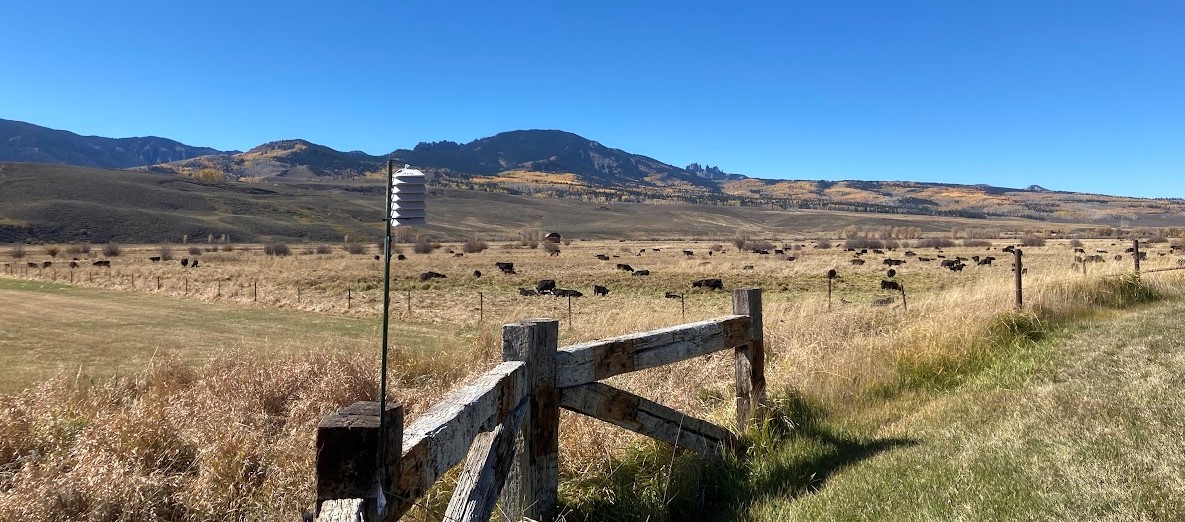Gunnison, Colorado is frequently one of the coldest inhabited locations in the contiguous United States. Those who have lived in the Gunnison Valley for a winter will recognize that some places in the valley are colder than others. This ongoing professional research project uses a set of sensitive temperature data loggers distributed throughout the Gunnison Valley to monitor the formation and spatial extent of these pockets of cold air (called cold-air pools). Through this project we are attempting to identify the larger scale climatological and geographical factors that enhance cold-air pooling. The initial 25 temperature sensors were installed in February 2022. Additional sensors have been added since then to further research in identified cold pooling areas. All sensors are set to record every five minutes, 24 hours a day. The data is downloaded every six months for analysis and display on this website.

Outside of cold arctic air masses, which can make the larger region bitterly cold, Gunnison is particularly and persistently cold because of its location and geography. Gunnison rests in a high elevation valley and is nearly encircled by mountain ranges between 10,000 and 13,000 ft in elevation. On clear winter nights, and especially those with significant snow cover, radiative cooling or heat loss from the surrounding mountains generates parcels of cold air that are denser than the air in the valley bottoms. This cold, dense air flows downslope, replacing the air in the valleys, and ‘pools’ in the valley bottoms, often creating well stratified temperature inversions where the surface temperatures are colder than the atmosphere above. In the meteorological literature this process is called ‘cold-air-pooling’ (AMS; Burns and Chemil, 2014) and has been well studied in a few locations. These cold air pools and associated temperature inversions can persist for extended periods of time, and in valleys with large atmospheric pollution loads, can lead to significantly diminished air quality.
If you are interseted in learning more about our project and research, please reach out to one of the emails listed below for more information.